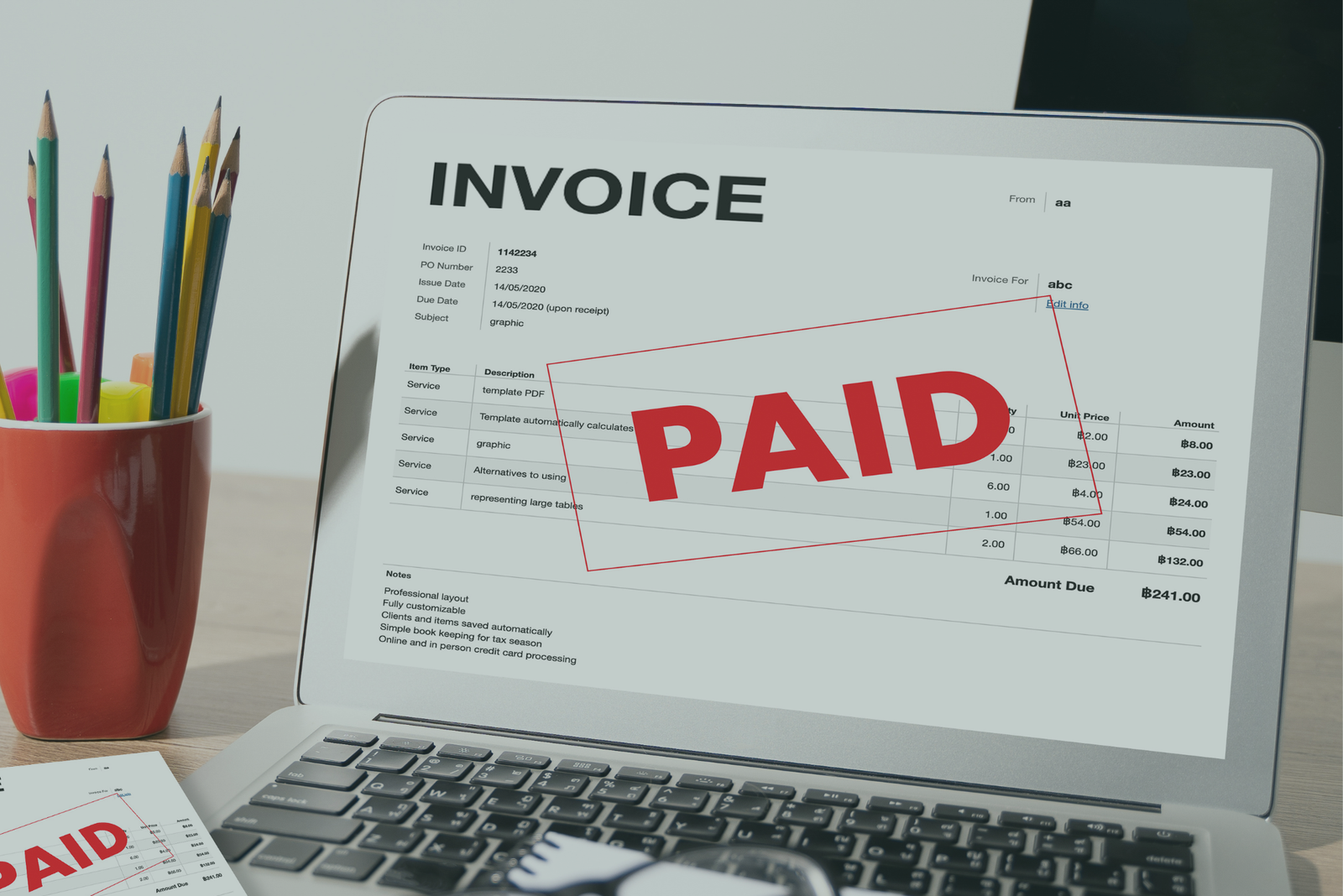Perspectives

Why the Debt Service Coverage Ratio (DSCR) Is the #1 Metric Lenders Look At
💡 What Is DSCR?
The Debt Service Coverage Ratio (DSCR) measures your business’s ability to pay back a loan using its operating income.
It answers the question every lender wants to know:
“Can this business afford to repay the loan it’s asking for?”
📐 How It’s Calculated
DSCR = Net Operating Income / Debt Payments
✅ A DSCR of 1.25 means you generate $1.25 for every $1.00 you owe in debt payments.
❌ A DSCR below 1.0 means you’re not generating enough to cover your debt — a red flag for lenders.
📉 Why It Matters to Lenders
Lenders aren’t just looking at your revenue — they’re looking at your cash flow vs. debt obligations.
A strong DSCR tells them:
You’re not overleveraged
You have enough buffer to absorb risk
You can repay on time
🧠 What’s a “Good” DSCR?
| Type of Loan | Minimum DSCR |
|---|---|
| Traditional Bank Loan | 1.25 – 1.50 |
| Financement d'équipements | 1.10 – 1.25 |
| Alternative Lenders | As low as 1.00 (case by case) |
A higher DSCR = more financing options + better terms.
⚠️ Common DSCR Pitfalls to Avoid
❌ Ignoring principal repayments
❌ Overestimating revenue
❌ Forgetting seasonal cash flow dips
If your DSCR is too low, it’s often better to adjust your financing ask or find a structure that fits your reality.
✅ How Finmed Capital Helps
At Finmed Capital, we help you:
Calculate your DSCR accurately
Understand which type of financing fits your ratio
Present your business in the best light to lenders
Whether you’re applying for a loan, refinancing debt, or seeking new growth capital, knowing your DSCR can be the difference between a “yes” and a “no.”
💬 Final Tip:
Know your number before they do.
📩 Ready to check your DSCR and unlock financing?
Let’s talk → finmedcapital.ca
Popular Category
- Financing Solutions (3)
Popular Post
- Blog







